How Much Does a Hydrodermabrasion Facial Cost?
In this guide you’ll find what really matters: the core advantages of hydrodermabrasion, the key price drivers for hydrodermabrasion products and equipment, common pricing formats and what’s included with a purchase, plus how often to book a hydrodermabrasion facial for best results. Whether you’re a clinic comparing devices or a client planning treatments, use these notes to match budget, features, and skin goals.
Advantages of Hydrodermabrasion
Immediate glow, minimal downtime
Hydrodermabrasion gently polishes the outer layer while vacuuming away debris and infusing hydrating serums in one pass. That quick drop in micro-roughness gives skin a brighter, more light-reflective finish—without peeling, needles, or recovery time. Most people head straight back to work or social plans, and makeup usually applies more smoothly the same day.
All-skin-type friendly
Because hydrodermabrasion uses a water-based vortex with adjustable suction and peel strength, it can be tuned for a wide range of skin types and tones, including many sensitive or acne-prone skins. The low-friction approach minimizes irritation compared with gritty scrubs or strong peels, yet still improves clarity, congestion, and overall texture.

Customizable to your goals
This treatment is highly modular. Tips, suction levels, and mild glycolic/salicylic blends can be tailored for oil control, blackheads, or dullness. Many clinics add targeted boosters—antioxidants, peptides, brightening complexes—and optional LED or lymphatic drainage. You can also “zone” the face: a stronger pass on the T-zone and a gentler one on drier cheeks for combination skin.
Event-ready results
If you need a reliable pre-event refresh, hydrodermabrasion facial delivers quickly. Expect a more even tone and smoother canvas with only brief pinkness that settles within hours. Book it 1–3 days before photos or special occasions to let the infused serums peak and to get the flattest, most makeup-friendly surface.
Price Drivers for Hydrodermabrasion Products
|
hydrodermabrasion |
What it covers |
Notes / Examples |
|
Device class & engineering |
Entry portable units vs. clinic-grade towers (pump strength, noise, duty cycle, fluidics, chassis materials) |
Metal housings, stronger vacuum range, refined fluidics; clinic-grade units command higher list prices |
|
Handpiece & tip technology |
Reusable sapphire/crystal tips, autoclavable handpieces vs. single-use cartridges |
Reusables cut long-term spend but require sterilization; disposables simplify hygiene and inventory |
|
Consumables & per-treatment cost |
Serums/solutions, filters, tubing, waste canisters |
Open-formula systems can lower OpEx; proprietary lines are simpler but add ongoing cost |
|
Modules & integrations |
LED panels, lymphatic cups, ultrasound/iontophoresis, oxygen infusion, microcurrent; camera/3D docks |
Expands protocols, documentation, and upsell potential for hydrodermabrasion services |
|
Software & data |
Protocol libraries, client report builders, before/after capture, CRM/EMR links, cloud analytics |
Subscriptions/licenses increase TCO but improve documentation and retention |
|
Training & onboarding |
On-site setup, 1:1 training, staff certifications, refreshers |
Strong education speeds ROI and standardizes outcomes |
|
Warranty, service & uptime |
Coverage length/scope, on-site vs. depot service, loaners, PM kits |
Better uptime reduces lost revenue from device downtime |
|
Compliance & safety |
Electrical safety marks, biocompatible contact parts, regulatory registrations (where applicable) |
Eases inspections and insurance approvals; may be required in some regions |
|
Distribution & region |
Importer margins, freight, customs/duties, VAT/GST |
Same hydrodermabrasion product can price differently across markets |
|
Financing & bundles |
Lease-to-own, promos, starter kits (tips + serums), consumables subscriptions |
Alters cash flow and startup costs without changing list price |

Typical Pricing Formats for Hydrodermabrasion Device
Outright purchase
Pay once for the hydrodermabrasion device, then reorder consumables as needed. This option suits clinics that want full ownership, predictable access, and clear per-treatment margins (device depreciation plus tips/solutions and filters). It works best in high-utilization rooms with steady cash flow. Compare warranty length and service inclusions, check expected handpiece lifespan, and budget for preventive maintenance in years two to three.
Lease or rental
Leasing spreads the cost into a fixed monthly fee, often with an end-of-term buyout. Service and preventive maintenance are frequently bundled, helping stabilize operating costs while you ramp volume or test a new room. Before signing, total the payments versus MSRP, review early-termination clauses, and confirm whether loaner units are provided during repairs so downtime doesn’t disrupt the schedule.
Starter bundles
Starter bundles package the hydrodermabrasion device with initial handpieces or tips, a serum set, filters, and basic training—sometimes plus quick-start protocols and marketing materials—so you can launch quickly and simplify procurement. They’re ideal for first-time buyers or multi-site teams standardizing setup. Clarify the quantity of tips/solutions, the training format and duration (live or virtual), and whether software/reporting tools are full versions or time-limited trials.

Subscription model
A subscription lowers upfront hardware cost in exchange for a required monthly spend on consumables and/or software. Shifting more cost into OPEX can make budgeting straightforward, especially if auto-ship keeps inventory steady and support is included. Review minimum order quantities, auto-renewal terms, potential price adjustments, and whether the device is locked to specific solutions that could limit flexibility.
Refurb/demo units
Refurbished or demo hydrodermabrasion units offer discounted hardware with a limited warranty, making them useful for pilots or secondary treatment rooms. To protect the investment, request the full service history, verify calibration status and software licenses, inspect handpiece wear, and confirm parts availability for the model’s remaining lifecycle—so a lower entry price doesn’t become higher downtime later.
What’s Included in the Price of Hydrodermabrasion Equipment
Core hardware.
Expect the main hydrodermabrasion machine with power supply, fluid lines, a waste canister, and at least one treatment handpiece. For a scalable setup, confirm voltage, connector types, and whether the chassis accepts future modules so your hydrodermabrasion equipment can grow with your menu.

Applicators.
Most packages include a starter set of tips/cartridges in multiple sizes or grits to cover common hydrodermabrasion protocols. Check whether they’re single-use or reusable, what sterilization is required, and roughly how many treatments the starter kit will support.
Consumables.
Vendors typically provide initial filters plus a small assortment of hydrating/exfoliating solutions so you can start hydrodermabrasion facial services immediately. Verify solution compatibility (open vs. proprietary), shelf life after opening, and reorder lead times to avoid gaps in scheduling.
Software access.
Baseline access usually includes a protocol library and simple report templates for before/after documentation. If you need advanced analytics, multi-user permissions, or CRM/EMR integrations for your hydrodermabrasion equipment, ask whether these require an additional license and clarify on-device vs. cloud storage and backup policies.
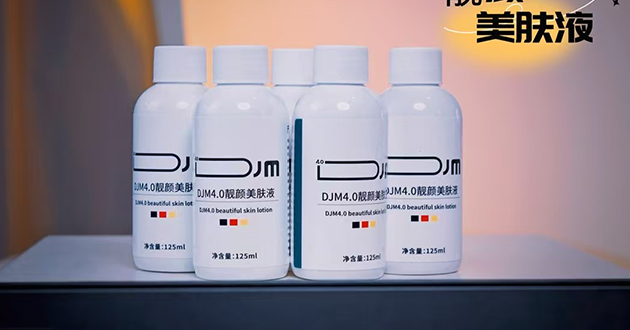
Training & materials.
A setup guide, protocol cards, and sanitation SOPs are standard. Many suppliers add live webinars or on-site onboarding. Confirm how many hydrodermabrasion training hours are included, whether staff receive certificates, and what refresher options are available as your team grows.
Warranty & service.
Most quotes cover parts and labor for a defined term with stated turnaround times. Extended coverage is often available—confirm loaner availability during repairs, what counts as wear-and-tear (e.g., handpieces, seals), and the recommended preventive-maintenance schedule to keep your hydrodermabrasion machine running smoothly.
How Often Should You Get a Hydrodermabrasion Facial?
Most people thrive on a hydrodermabrasion facial every 4–6 weeks, which mirrors epidermal turnover—trim the gap a little in humid months and stretch it in drier winters. If you’re tackling congestion, early acne, or coarse texture, begin with a short intensive phase every 2–4 weeks before moving to monthly upkeep. Sensitive complexions typically do better at 6–8-week intervals with gentler tips, lower suction, and mild peel blends; also dial back strong acids/retinoids for a few days on either side of the appointment. For event prep, book 1–3 days ahead; if it’s your first time, schedule a trial 2–3 weeks earlier to gauge your skin’s response.
Conclusion
If you’re investing, compare hydrodermabrasion equipment on total cost per treatment (device, tips/solutions, service, software), not just sticker price—and make sure the bundle includes the hardware, applicators, consumables, training, and support you’ll actually use.
Table of Contents
Related information
How can we help you?
Have specific questions or requests? Fill out our inquiry form, and our dedicated team will get back to you promptly. Your inquiries are important to us, and we are committed to providing comprehensive and personalized responses tailored to your needs.


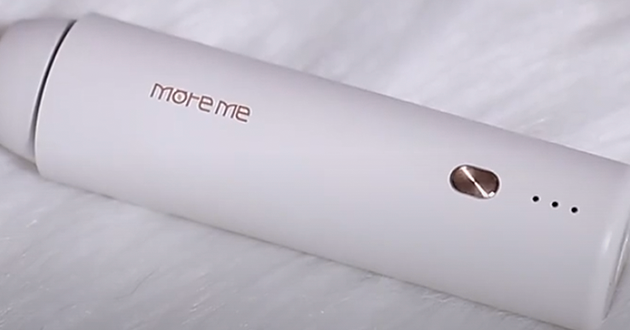
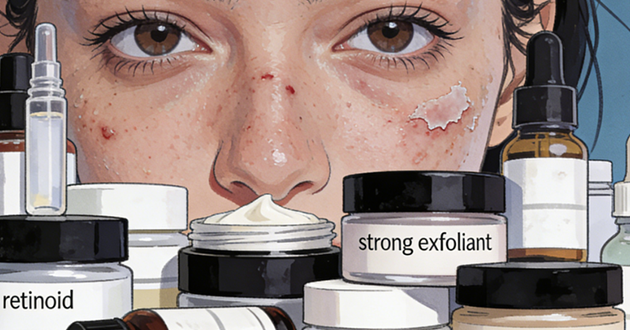
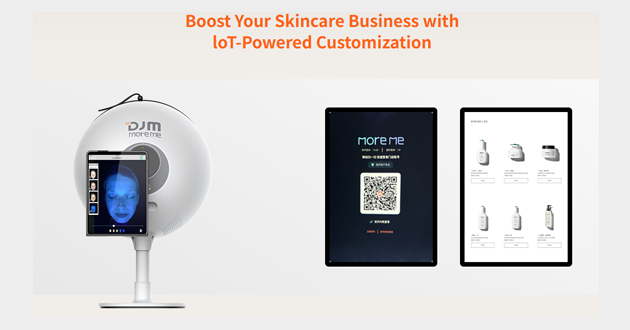
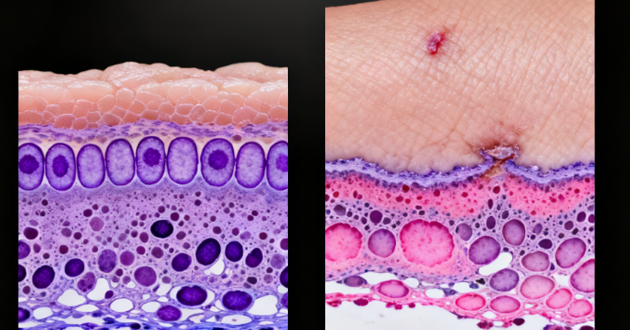

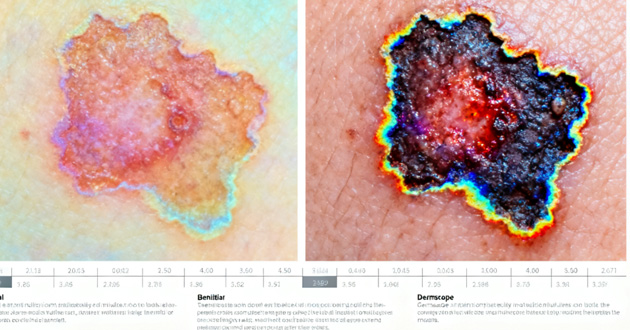
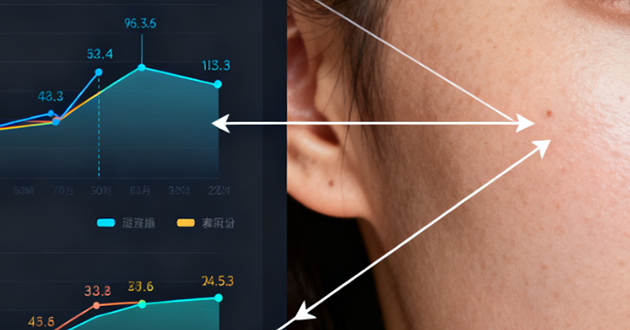
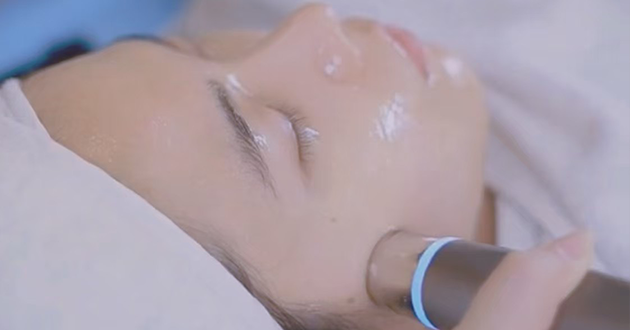


 Reach out to us today!Whether you are preparing to start your own
business in the beauty industry, are ready to upgrade your
equipment, or are just interested in our products,Contact us
today, and let’s explore how we can partner to achieve your goals
and drive your success to new heights!
Reach out to us today!Whether you are preparing to start your own
business in the beauty industry, are ready to upgrade your
equipment, or are just interested in our products,Contact us
today, and let’s explore how we can partner to achieve your goals
and drive your success to new heights!
